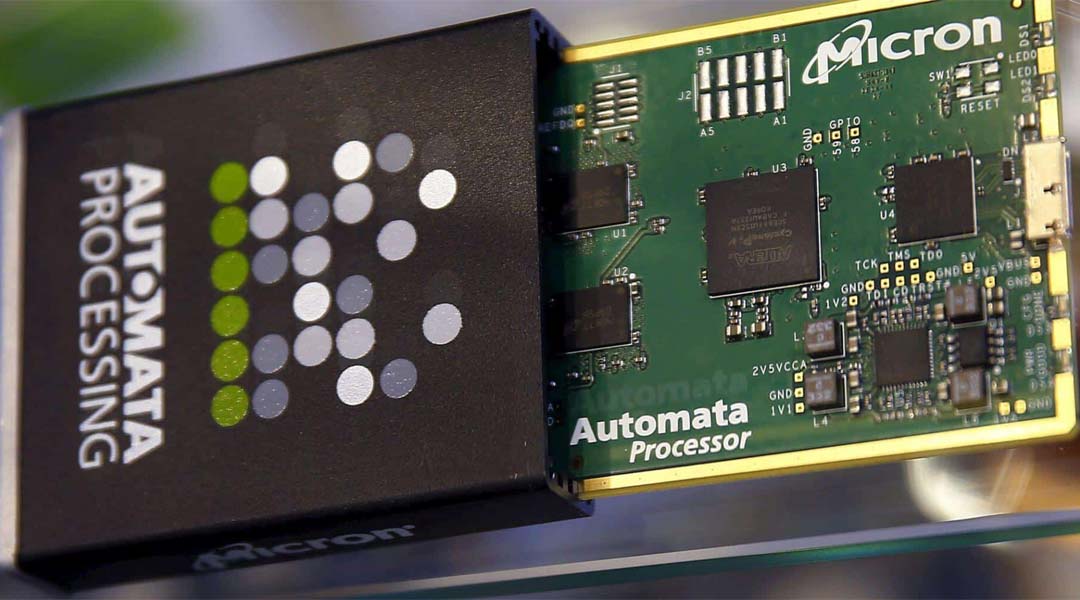According to current crisp statistical surveying information, the worldwide memory chip market was esteemed at $76,750 million in 2016 and is anticipated to reach $247,900 million before the finish of 2023. This market is growing at a compounded annual growth rate (CAGR) of 12.35% from 2017 to 2023. As we all know all, a memory chip is an integrated circuit created out of the many capacitors and transistors that are better-known to store data or will be accustomed to processing code. Memory chips can oblige memory either rapidly through arbitrary access memory (RAM), or forever through PC memory (ROM). The entire market representation for the semiconductor sector is also turning positive. Many technical research analysts predicted chip demand might hit bottom later this year but apart from predictions here is a practical presentation. Randy Abrams (CFA) an authorized financial analyst and Head of Taiwan research Credit Suisse, also a professional in the U.S.A. and Asian semiconductor industries send an email to renowned CNBC, mentioned all recent developments.
International trade information for South Korean semiconductors declined by over 23 percent for January. As the U.S. pressurize technique on China to open up its local market, South Korean chipmakers could profit. South Korea’s Samsung Electronics and SK Hynix are among the biggest chipmakers across the globe. In South Korea share market, the share value of Samsung has picked up just about 19 percent, whereas chip producer SK Hynix has risen more than 24 percent year-to-date on Tuesday. Similarly, and in the same period, Japan’s Tokyo Electron, which fabricates semiconductor gear process, has seen increases of about 25.3 percent while chip organization Renesas Electronics has soared around 43 percent. Taiwan Semiconductor Manufacturing Company has risen roughly 2 percent while MediaTek has increased more than 12 percent. There is no doubt about the positive signals and a remarkable breakthrough in the Asian stock market about memory chips segment.
Furthermore, to add China are offering various subsidies and other incentives to attract more and more corporates in memory chip makers. Japan’s Ferrotec Holdings is constructing a plant for semiconductor wafers in the city of Hangzhou. The Chinese market for semiconductor fabricating hardware can develop 40 percent this year to $11.3 billion, which incorporates request from foreign companies. All these indicators are highly authentic, reliable and related to the stock market activities. Chinese demand equation itself can touch some new supply. Residential web corporates, for example, Tencent Holdings and Alibaba Group Holding, are progressively putting their resources into various data centers, adding to considerable expenses in that field by American information innovation suppliers.
